Centenarians, once considered rare, have become commonplace.
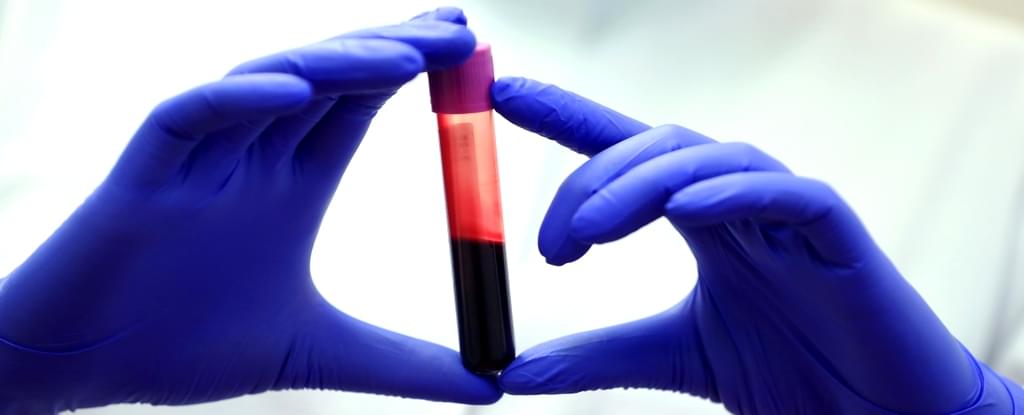

Veteran cryonicist and inventor of cryptographic hashing, Ralph Merkle, tells us how he came to decide that cryonics was a good idea. In his talk, Ralph discusses Information Theoretic Death, why information is so hard to destroy, and how advances in nano-tech might make cryonics revival possible.
Links:
• Cryosphere Discord server: https://discord.com/invite/ndshSfQwqz.
• Cryonics subreddit: https://www.reddit.com/r/cryonics/
#cryosphere

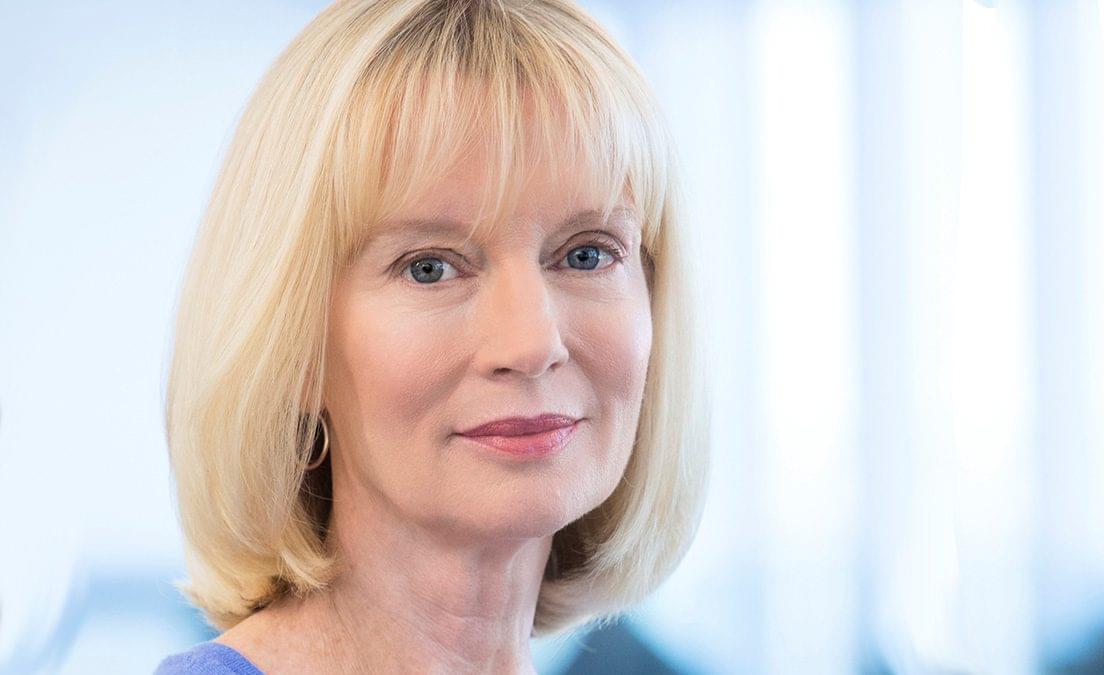
Longevity biotech giant Altos Labs has appointed Dr Joan Mannick as its Chief Medical Officer and head of product development, signaling a shift toward advancing clinical programs based on the company’s cellular rejuvenation technology. As Life Biosciences reportedly prepares to enter clinical trials with its partial epigenetic reprogramming candidate, is Altos about to join the party?
Altos, which launched with $3 billion in funding in 2022, is focused on reversing disease and age-related decline by restoring cellular health through partial epigenetic reprogramming, a technique inspired by the work of Nobel laureate Shinya Yamanaka and Juan Carlos Izpisua Belmonte. The company’s approach, which reverts cells toward a youthful state without altering their identity, has demonstrated benefits in animal models, extending both lifespan and healthspan in mice.
Although Altos has not yet launched human trials, the appointment of Mannick, who has significant experience designing and running clinical programs in aging biology, indicates the company is shifting into clinical applications of its technology. She will operate within Altos’ Institute of Medicine, collaborating with discovery and development teams to shape the clinical direction of its therapies.
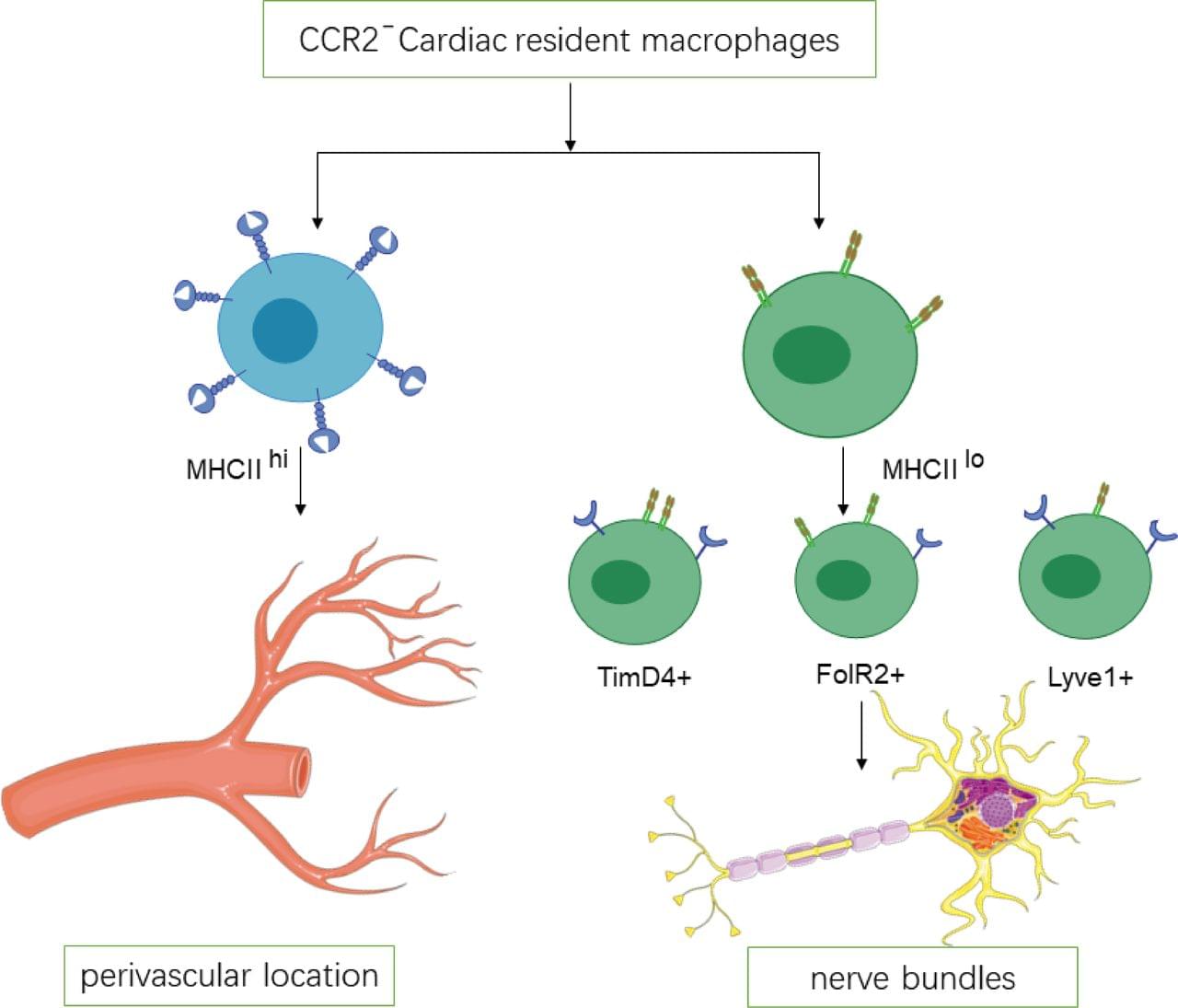
Cardiovascular disease (CVD) is the leading cause of death and disease burden worldwide. Macrophages are important components of the internal immune cells, which profoundly affects the internal environmental homeostasis and repair after injury. Cardiac resident macrophages have been shown to regulate a variety of myocardial physiology and pathological activities. Homeostatic resident macrophages in the heart promote angiogenesis, remove ageing and dying cells and participate in cardiac electrical conduction. However, the role of cardiac resident macrophages is still not fully understood despite the growing attention they have received. This review provides an overview of macrophage biology and highlights prominent and emerging interrelationships and functions between cardiac resident macrophages and CVD, aiming to prove a description of the functional diversity of cardiac resident macrophages in different CVD to explore potential options to regulate them. This may provide opportunities for successful therapeutic interventions to improve the prognosis of patients with CVD.

A recent study led by a team of researchers at The Johns Hopkins University School of Medicine examining aging mice has provided what is believed to be the first evidence that amyloid beta protein—small, sticky protein fragment found in people with Alzheimer’s disease (AD)—particles build up in the bone marrow of the animals, although not in the exact same form as the large, dense plaques found in the brains of people with Alzheimer’s disease.
“Although amyloid buildup has been found in organs outside the brain—such as the heart, kidneys, and nerves—it remains unclear whether similar deposits form in bone or bone marrow with aging or in Alzheimer’s disease,” says contributing study author Mei Wan, Ph.D., professor of the department of Orthopedic Surgery.
“While brain amyloid has been extensively studied for its role in memory loss and neurodegeneration, far less is known about amyloid elsewhere in the body. In fact, almost nothing is known about whether amyloid forms in the skeleton or how it might contribute to age-related bone loss.”
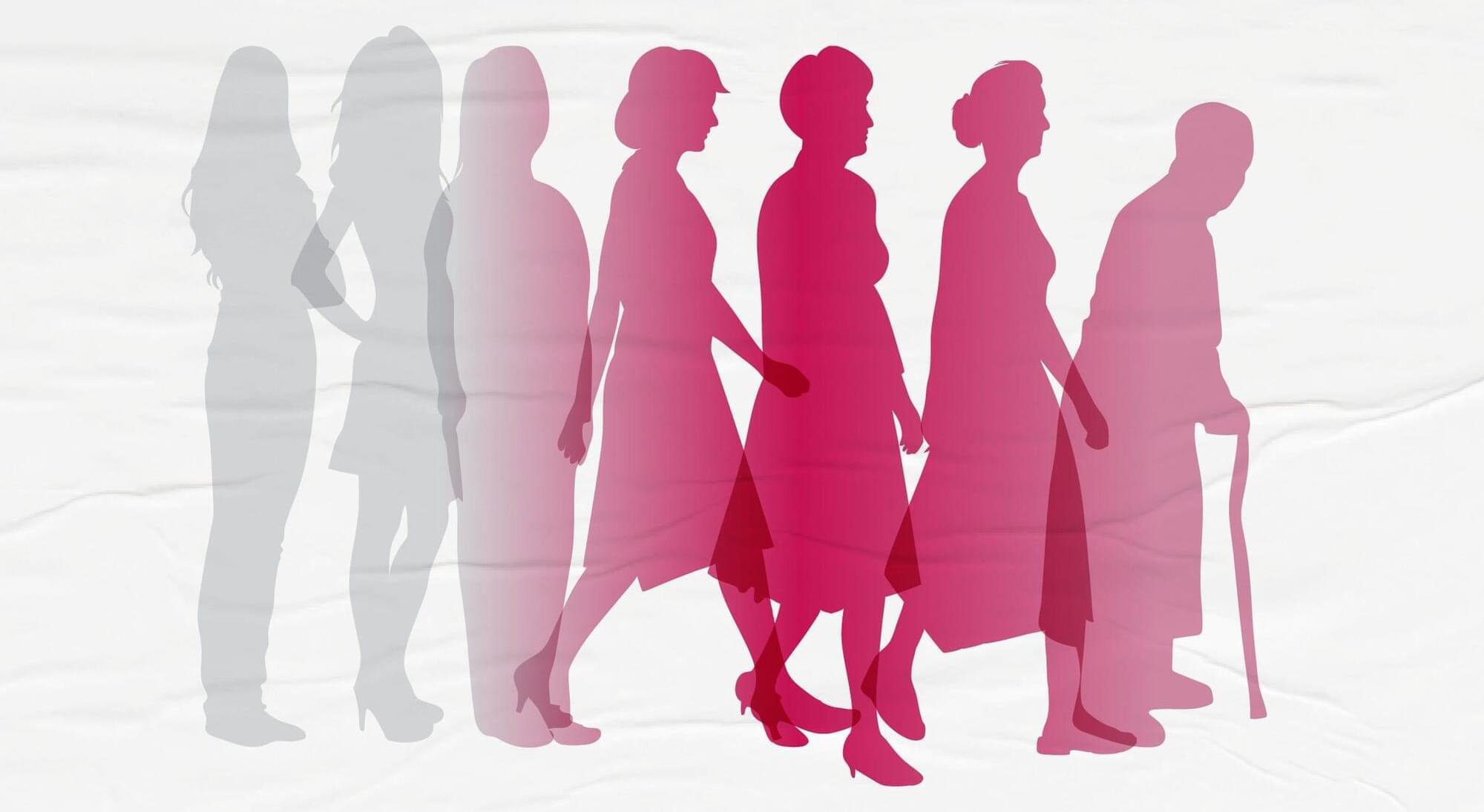
When does aging really shift into overdrive? A new study suggests it may be sooner than you think.
Scientists at the Chinese Academy of Sciences studied proteins in tissue taken from about 70 people ages 14 to 68, according to the study published July 25 in the journal Cell.
These proteins give scientists a window of when the aging process may begin on a cellular level, said Dr. Thomas Blackwell, associate dean for graduate medical education and professor of medicine at the University of Texas Medical Branch.
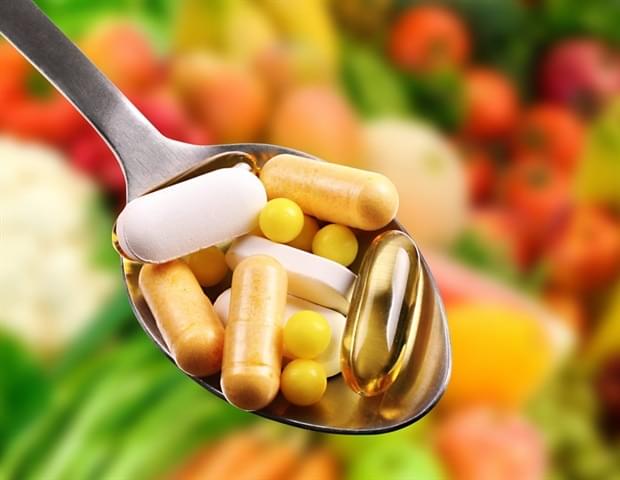
Eight essential nutrients make up the suite of B vitamins also known as the B complex. Researchers from Tufts University and elsewhere have revealed that these B vitamins influence a vast spectrum of human health and disease, including cognitive function, cardiovascular health, gastric bypass recovery, neural tube defects, and even cancer.
“It’s hard to study the B vitamins in isolation,” says gastroenterologist Joel Mason, senior scientist at the Jean Mayer USDA Human Nutrition Research Center on Aging (HNRCA) and professor at the Gerald J. and Dorothy R. Friedman School of Nutrition Science and Policy and Tufts University School of Medicine. “Four of these B-vitamins cooperate as co-factors in many critical activities in cells in what we call ‘one carbon metabolism’.”
One carbon metabolism is a series of pathways that allow for the transfer of single-carbon units to cells for essential processes such as DNA synthesis, amino acid metabolism, and more. It’s their role in all these crucial biological functions that make the B vitamins so important-and so challenging to tease out how they contribute positively and, perhaps negatively, to human health.
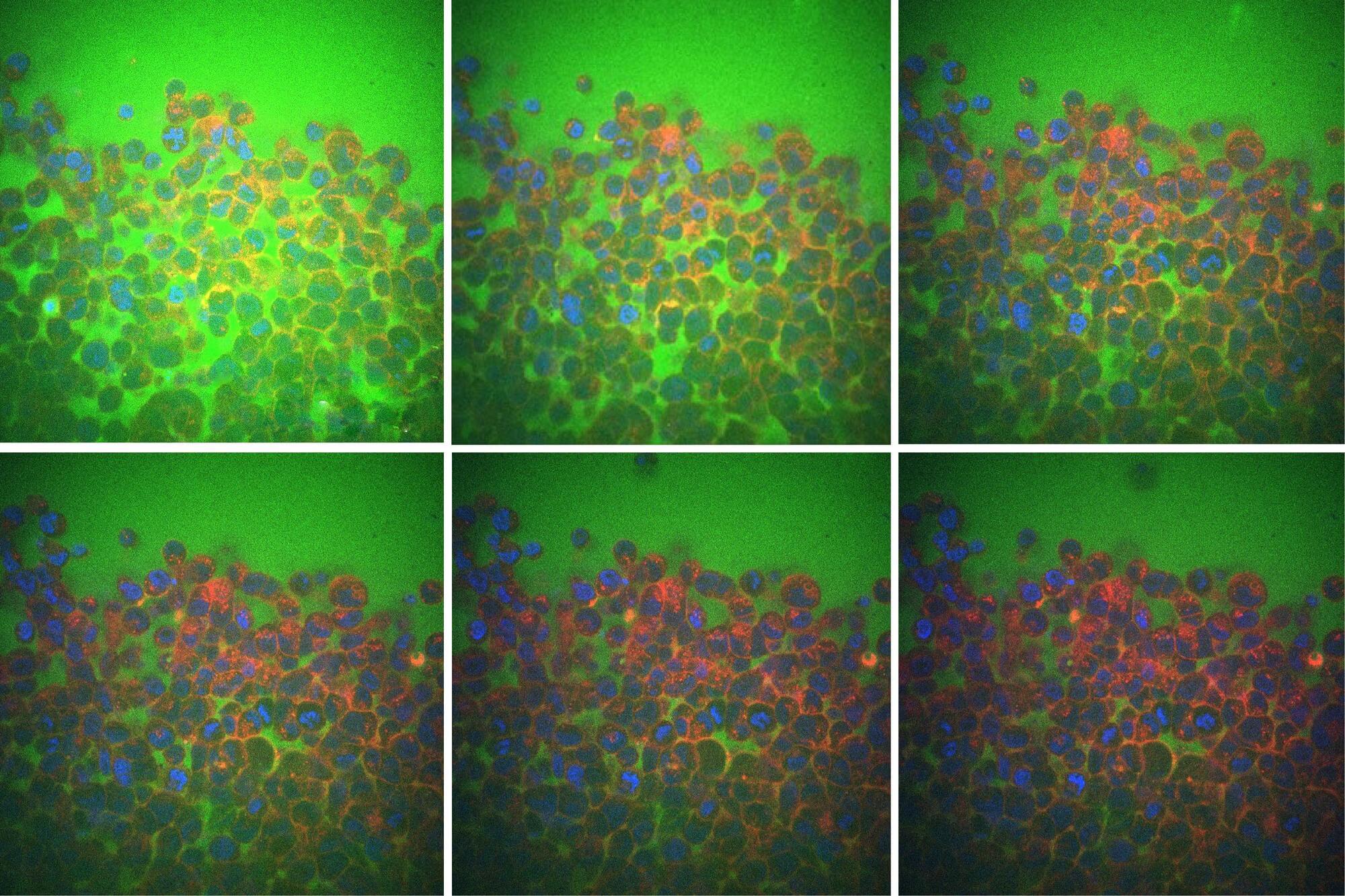
Water makes up around 60 percent of the human body. More than half of this water sloshes around inside the cells that make up organs and tissues. Much of the remaining water flows in the nooks and crannies between cells, much like seawater between grains of sand.
Now, MIT engineers have found that this “intercellular” fluid plays a major role in how tissues respond when squeezed, pressed, or physically deformed. Their findings could help scientists understand how cells, tissues, and organs physically adapt to conditions such as aging, cancer, diabetes, and certain neuromuscular diseases.
In a paper appearing today in Nature Physics, the researchers show that when a tissue is pressed or squeezed, it is more compliant and relaxes more quickly when the fluid between its cells flows easily. When the cells are packed together and there is less room for intercellular flow, the tissue as a whole is stiffer and resists being pressed or squeezed.

The GFP gene, which has its origins in jellyfish, expresses proteins that fluoresce when illuminated with certain frequencies of light. Poeschla, of the Mayo Clinic in Rochester, Minnesota, reported his results in the journal Nature Methods.
This function is regularly used by scientists to monitor the activity of individual genes or cells in a wide variety of animals. The development and refinement of the GFP technique earned its scientific pioneers the Nobel prize for chemistry in 2008.
In the case of the glowing cats, the scientists hope to use the GM animals in the study of HIV/AIDS.